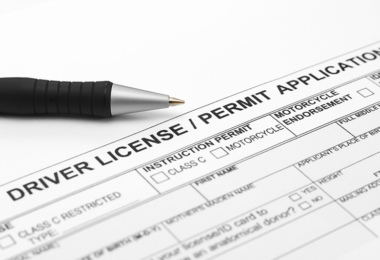Home / Modules / Components / Phase 1 driver education / Current implementation status
Current implementation status
- No states have fully met the voluntary National Standards recommendations. A few states, however, have been assessed by a panel of experts against the initial standards. This review process is facilitated by NHTSA (the NHTSA State Driver Education Assessments) which aims to identify gaps and recommend improvements. ANSTSE also has an Information Sharing System, which is a free online, self-assessment tool for States to enable them to gauge the extent to which their current teen driver education program aligns with the NTDETAS.
- A few states have mandated parent orientation courses which take place in driver education classes. Minnesota has recently implemented a supplemental parental class curriculum and driver education programs are required to offer this class although it is not mandatory for parents/guardians to participate in it. However, as an incentive, if the parental class is completed, 40 rather than 50 driving hours of supervised driving are required. The new GDL laws gave the Department of Public Safety (DPS) rulemaking the ability to set the number of supervised hours in the learner stage of the GDL system. Given the few negative comments during the process, DPS was able to adjust hours upward. The factors that contributed to this success included political leadership and strong advocacy along with a high level of community support, and available staff and resources to support implementation. Short-term evaluations of a structured parental awareness program (Point of Impact) also showed increased parental knowledge and awareness among teen driver of risks and laws. Additionally, 98.5% of participating parents said they would recommend the class to the parents of other teen drivers.
- A few states have also recently required parent involvement as part of the driver licensing process but outside of driver education. Connecticut and Virginia have enacted provisions requiring parents to attend initial orientation sessions at the time their teenager begins supervised driving. For example, Connecticut now requires parents to attend a two-hour orientation session when their teenager gets a permit.





